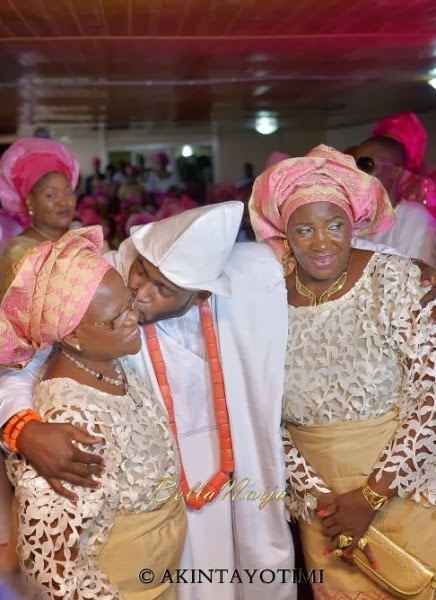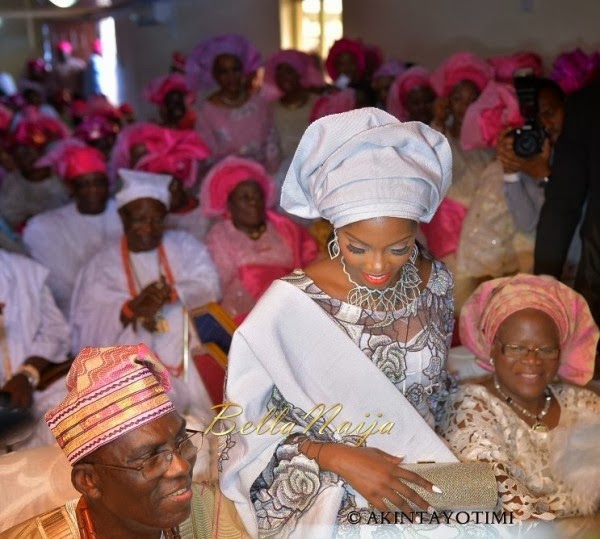 The word tattoo is said to have two major derivations- from
The word tattoo is said to have two major derivations- from
the polynesian
word ‘ta’ which means striking something
and the tahitian word ‘tatau’ which
means ‘to mark something’.
The history of tattoo began over 5000 years
ago and is as
diverse as the people who wear them.
Tattoos are created
by inserting colored materials beneath
the skins surface. The first tattoos
probably were created
by accident. Someone had a small wound, and rubbed
it
with a hand that was dirty with soot and ashes from the fire.
once the
wound had healed, they saw that a mark stayed
permanently.
Despite the
social sciences' growing fascination with tattooing,
and the immense
popularity of tattoos themselves,
the practice has not left much of a
historical record.

That brings us to the Old Traditional Art in Northern Nigeria.
Call it traditional tattoo and you will not be wrong because lalli decoration play the same role as its modern variant beautifying the body. However unlike the permanent modern tattoos which are able to last for years or sometimes forever, lalli designs are meant to last just for few days, weeks or months depending on the amount of ingredients used and how often the painting comes in contact with water.
The act of Lalli or Henna decoration remains not only within northern Nigerian women as this same act has been practised between Islamic countries and related to culture of other non-Islamic countries like India and the rest. But research still has it that henna body decoration came from northern African countries while spread to other regions and countries due to slave trade in the pre-colonial time.
Lalli or Henna as it is commonly called is a plant/flower or back extract which is mixed with some other ingredients like lemon juice and cloves and used to beautify the skin and fingers in artistically wrought patterns. The designs are mainly of different plants and flowers, but the bride is allowed to choose whatever design she wants from the local design dialogue.
 Unlike the modern tattoo where needles, tracing outlines and machines are used, doing the lalli painting is different. First one has to get the mixture ready after which it is out in a nylon bag with a tiny hole made at the tip or any appropriate narrow-tipped receptacles. When pressed the lalli comes out into the desired patterns under the artistic guidance of the decorator. When this is completed, the lalli client will have to wash off with ordinary water. At this point the design is not visible until, a cotton wool dipped in hydrogen and water solution is used to clean the decorated area. It is after this process that the design will begin to show.
Unlike the modern tattoo where needles, tracing outlines and machines are used, doing the lalli painting is different. First one has to get the mixture ready after which it is out in a nylon bag with a tiny hole made at the tip or any appropriate narrow-tipped receptacles. When pressed the lalli comes out into the desired patterns under the artistic guidance of the decorator. When this is completed, the lalli client will have to wash off with ordinary water. At this point the design is not visible until, a cotton wool dipped in hydrogen and water solution is used to clean the decorated area. It is after this process that the design will begin to show.
These days, northern brides are not the only ones painting their hands and feet with lalli. Brides from other parts of Nigeria have joined the lalli body decorating wagon, thus recreating a traditional art into a contemporary fashion statement.



























































